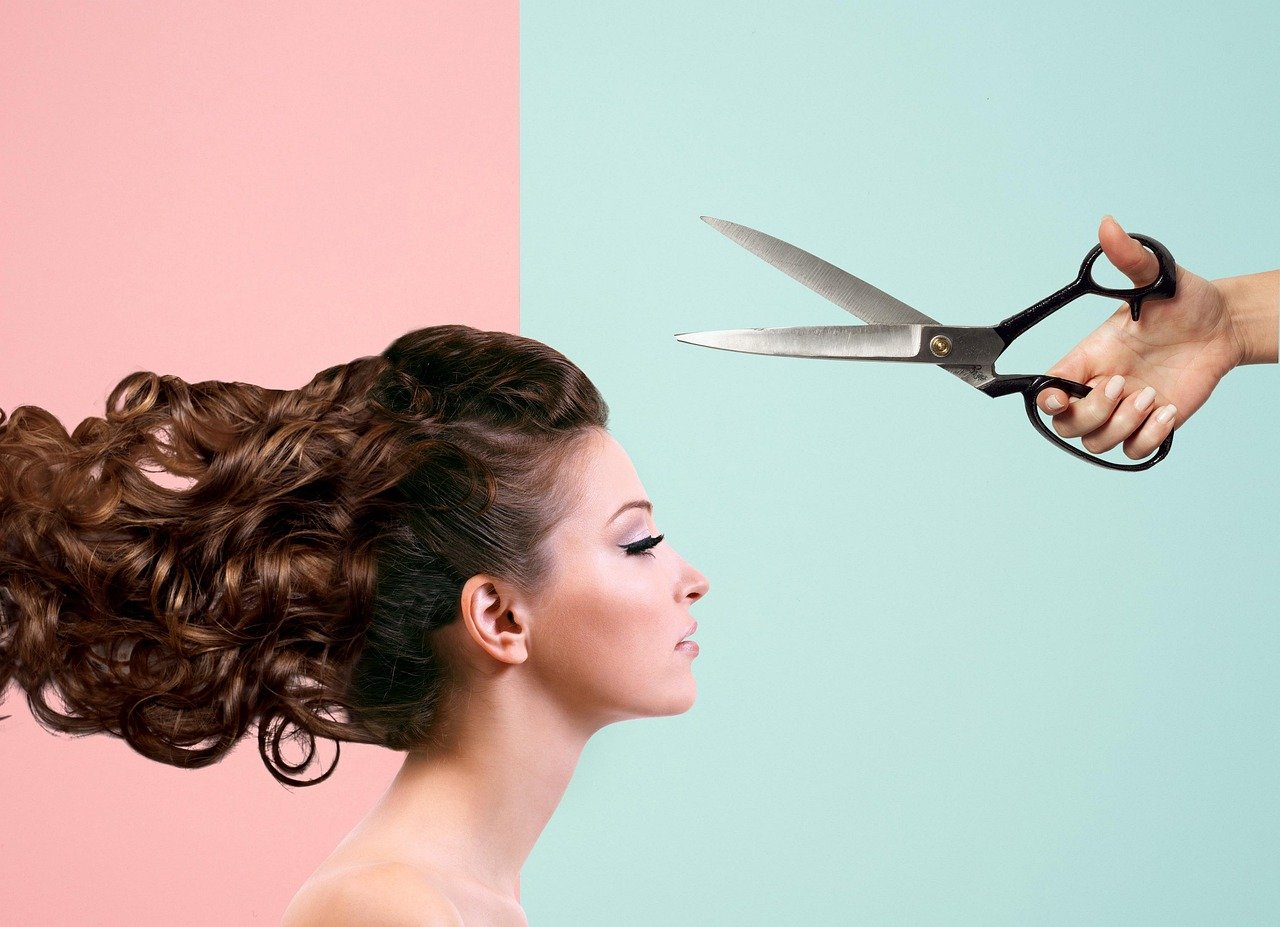Cutting your own hair might seem daunting initially, but with rising salon costs, busy schedules, or simply habits formed during the COVID lockdown, learning how to effectively cut your own hair at home is increasingly appealing. Whether you’re looking to quickly trim the ends or give yourself a complete haircut, mastering some basic hair cutting skills can save both time and money.
Many people hesitate because they fear making mistakes, like cutting their hair unevenly or ending up with an embarrassing style. But with the right hair-cutting scissors, a quality set of clippers, and just a bit of practice, achieving a neat, professional-looking result is absolutely possible. According to a recent study published by Good Housekeeping, DIY haircuts have become a widely embraced trend as more people have learned techniques online or from tutorials available on platforms like YouTube.
This guide will walk you step-by-step through the easiest methods to cut your own hair straight, manage tricky areas like the back of your head, and avoid common pitfalls. By the end, you’ll feel confident enough to style your hair exactly how you want it and perhaps even ditch expensive salon visits for good.
Essential Tools Needed to Cut Your Own Hair at Home
Before you begin, gather the following essential items:
- Hair-cutting scissors (shears): Professional-grade shears ensure clean, precise cuts.
- Hair clipper: A set of clippers, such as the reliable brand Wahl, will be crucial for short styles.
- Comb: A good comb helps detangle and section your hair neatly.
- Mirror: Include both a wall-mounted and a handheld mirror to see the back of your head clearly.
- Hair clips: Necessary for holding sections of hair in place.
- Cape or towel: Useful to catch hair clippings and keep your space tidy.
- Spray bottle: Optional, but helpful if you prefer cutting damp hair.
Preparing Your Hair for an At-Home Haircut
Wash and Detangle
Start by washing your hair thoroughly. Depending on your hair type, you might prefer slightly damp or completely dry hair. Detangling your hair properly beforehand is essential. Use a wide-tooth comb to remove knots, preventing uneven cuts and unnecessary pulling during the cutting process.
Determine Your Desired Length and Style
Before cutting, clearly decide your desired hair length and style. If unsure, it’s wise to cut less initially; remember, you can always cut more later. Research hairstyles online, taking into consideration your hair texture and facial features. Sites like Pinterest or Instagram can offer abundant inspiration.
How to Cut Your Own Hair Straight Using Scissors
Step-by-Step Guide for an Even Cut
Begin by sectioning your hair into manageable areas using hair clips. Start from the front, using your fingers as guides to achieve an even, straight cut. Move systematically from front to back, regularly checking your progress in a mirror. Take your time and be patient; rushed cuts are often uneven.
Trimming Split Ends Like a Pro
Split ends can hinder hair growth and lead to damage. Identify split ends clearly; they typically appear frayed or lighter at the tips. Using your shears, carefully trim these ends in small, precise snips, maintaining overall length while improving hair health.
Using Clippers: Quick Guide for Shorter Styles
Getting Started with Clippers
Clippers are excellent for shorter styles or fades. Choose your desired length using clipper guards, start longer to avoid cutting too short. Move the clipper steadily against the grain of hair growth for an even trim. Regularly clean and oil your clippers to keep them functioning smoothly.
Cutting the Back and Sides of Your Head
The back and sides can be challenging. Use your handheld mirror frequently to check symmetry and length. Begin with a longer guard to remove bulk, then gradually decrease guard size as needed. Patience is key; make slow, deliberate movements.
Common Mistakes to Avoid When Cutting Your Own Hair at Home
Avoid common pitfalls by:
- Not rushing through the haircut.
- Cutting less initially, leaving room to adjust later.
- Frequently checking your work from multiple angles.
- Ensuring proper lighting to clearly see each section.
How to Style as Desired After a DIY Cut
Post-cut styling is essential. Apply styling products suitable for your hair type, such as pomade, gel, mousse, or hair spray. Blow-drying and styling with a brush can enhance your fresh cut. Evaluate your hairstyle from all angles to spot and correct minor imperfections.
Expert Advice: Tips from Professional Hairdressers
Hairdressers offer several key tips:
- Invest in high-quality shears and clippers; the right tools greatly affect the final look.
- Regularly trim your hair every 6-8 weeks to maintain style and remove split ends.
- Watch tutorial videos repeatedly until you’re comfortable.
- Practice cutting less hair initially, gradually building confidence.
Frequently Asked Questions (FAQs) About Cutting Your Own Hair
How fast will my hair grow back after a DIY cut?
Typically, hair grows at an average rate of half an inch per month, though this varies individually.
Can I achieve salon-quality professional cuts at home?
With practice, you can achieve salon-quality results at home. Start with simpler styles and gradually increase complexity.
Is it safe to cut your hair without experience?
Yes, if you follow guidelines carefully, start conservatively, and practice patience and caution.
Maintaining Your DIY Haircut
Regular maintenance is key to a fresh look. Schedule consistent trims every 6-8 weeks. Incorporate nourishing haircare products to keep hair healthy between cuts. Conditioning treatments and masks can further enhance hair health and appearance.
Troubleshooting Common DIY Haircut Problems
If you encounter uneven cuts or unexpected results:
- Use small scissors to fix minor unevenness.
- Seek video tutorials specifically addressing common mistakes.
- Don’t panic; minor imperfections often blend naturally over a few days as hair settles.

